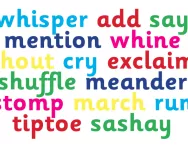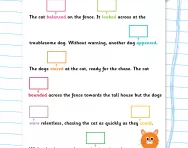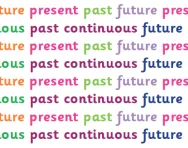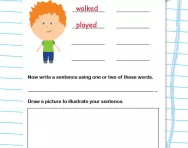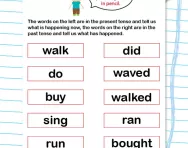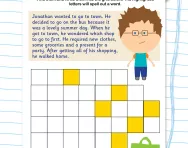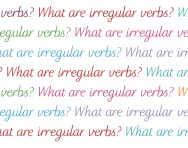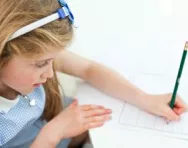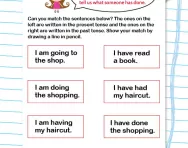Important update from TheSchoolRun
For the past 13 years, TheSchoolRun has been run by a small team of mums working from home, dedicated to providing quality educational resources to primary school parents. Unfortunately, rising supplier costs and falling revenue have made it impossible for us to continue operating, and we’ve had to make the difficult decision to close. The good news: We’ve arranged for another educational provider to take over many of our resources. These will be hosted on a new portal, where the content will be updated and expanded to support your child’s learning.
What this means for subscribers:
- Your subscription is still active, and for now, you can keep using the website as normal — just log in with your usual details to access all our articles and resources*.
- In a few months, all resources will move to the new portal. You’ll continue to have access there until your subscription ends. We’ll send you full details nearer the time.
- As a thank you for your support, we’ll also be sending you 16 primary school eBooks (worth £108.84) to download and keep.
A few changes to be aware of:
- The Learning Journey weekly email has ended, but your child’s plan will still be updated on your dashboard each Monday. Just log in to see the recommended worksheets.
- The 11+ weekly emails have now ended. We sent you all the remaining emails in the series at the end of March — please check your inbox (and spam folder) if you haven’t seen them. You can also follow the full programme here: 11+ Learning Journey.
If you have any questions, please contact us at [email protected]. Thank you for being part of our journey it’s been a privilege to support your family’s learning.
*If you need to reset your password, it will still work as usual. Please check your spam folder if the reset email doesn’t appear in your inbox.
What are the present perfect and the past perfect?
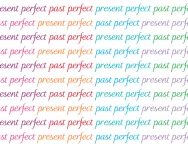
What are the present perfect and the past perfect?
A verb tense tells us when the action or state described by the verb happened. The three main verb tenses in English are the present, the past, and the future.
The present tense is made up of:
- simple present / present simple
- present continuous / present progressive
- present perfect
The past tense is made up of:
- simple past / past simple
- past continuous / past progressive
- past perfect
The 'perfect' tenses (present perfect, past perfect and future perfect) are usually used to talk about actions that are completed by the present or a particular point in the past or future.
To form the perfect tense we use the present / past / future form of the verb to have and the past participle of the main verb (I have walked / I had walked / I would have walked).
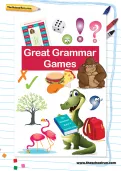
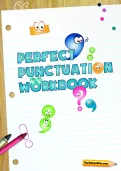
Download Fantastic FREE Grammar Resources!
- Perfect their punctuation
- Give them the gift of great grammar
- 100s of grammar activities and games
The present perfect explained
We use the present perfect tense to talk about our experiences in a way that does not refer to when they happened:
We also use this tense to talk about an action which started in the past and is continuous up until now:
We also use this tense to talk about something that has happened in the past but has a result in the present:
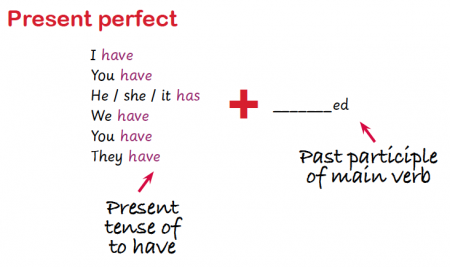
The past perfect explained
The past perfect is used to talk about an event that was completed in the past before something else happened:
I didn't want to watch the film, as I had already seen it.

What are children taught about verb tenses at primary school?
In Year 2, children are taught to use the present and past tense consistently in their writing.
In Year 3, they are be expected to use the present perfect form of verbs instead of the simple past (for example: 'He has gone on holiday' rather than 'He went on holiday').
Children in Year 5 and Year 6 will be taught about the present perfect and past perfect tenses, because it is possible a question on them will arise in the Year 6 Grammar, Punctuation and Spelling test. In the KS2 grammar assessment children may come across a question similar to this one:
Answer: has wanted
How do teachers teach children about the present perfect and past perfect?
- A good way to help children get used to various tenses is to give them various sentences written in the two different tenses and encourage children to sort them into two groups.
- Children may also be asked to look through their reading books to see if they can find sentences that are written in these tenses.
- Children may be asked to write their own sentences using both the tenses.

